Dictamnus dasycarpus
Dictamnus dasycarpus
1. The products in our compound library are selected from thousands of unique natural products; 2. It has the characteristics of diverse structure, diverse sources and wide coverage of activities; 3. Provide information on the activity of products from major journals, patents and research reports around the world, providing theoretical direction and research basis for further research and screening; 4. Free combination according to the type, source, target and disease of natural product; 5. The compound powder is placed in a covered tube and then discharged into a 10 x 10 cryostat; 6. Transport in ice pack or dry ice pack. Please store it at -20 °C as soon as possible after receiving the product, and use it as soon as possible after opening.
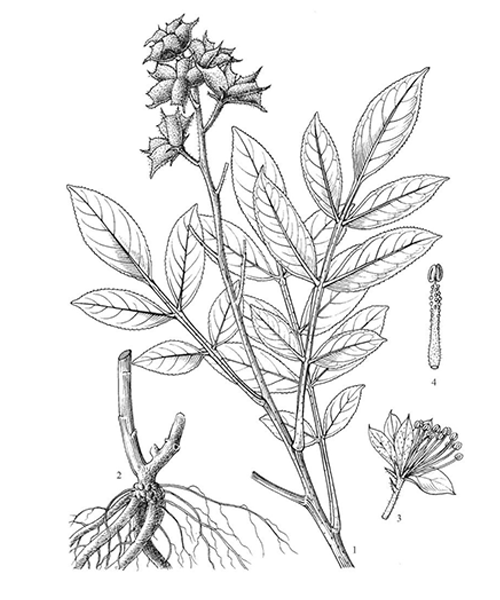
Natural products/compounds from Dictamnus dasycarpus
- Cat.No. Product Name CAS Number COA
-
BCN6057
Limonin1180-71-8
Instructions
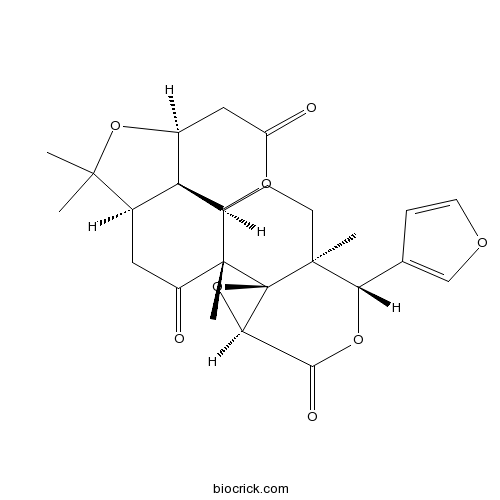
-
BCN2635
Lauric acid143-07-7
Instructions
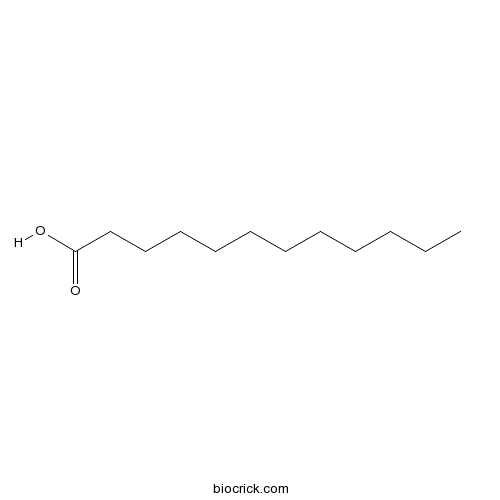
-
BCN1272
Fraxinellone28808-62-0
Instructions
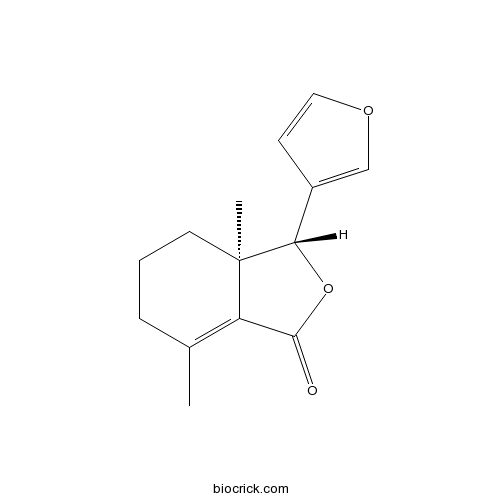
-
BCN5569
Isoquercitrin482-35-9
Instructions
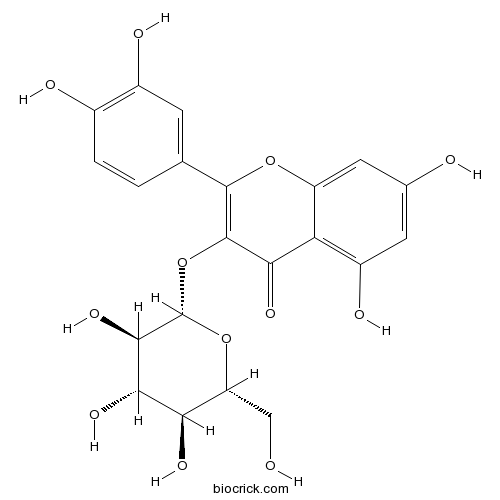
-
BCN1273
Dictamnine484-29-7
Instructions

-
BCN5600
Luteolin491-70-3
Instructions
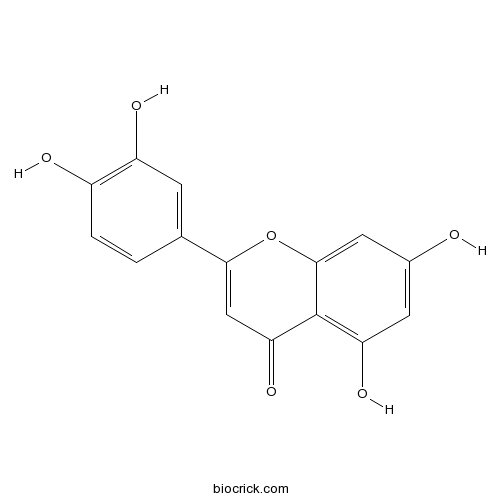
-
BCN5699
Syringic acid530-57-4
Instructions

-
BCN4171
Wogonin632-85-9
Instructions

-
BCN4303
Obacunone751-03-1
Instructions

-
BCN4470
Scopoletin92-61-5
Instructions

Fraxinellone has anticancer activity in vivo by inhibiting programmed cell death-ligand 1 expression by reducing hypoxia-inducible factor-1α and STAT3.[Pubmed: 30103001]
Dictamnus dasycarpus is a traditional Chinese medicine thathas been commonly used in the treatment of cancer. Fraxinellone is a natural product isolated from the D. dasycarpus plant, which has been shown to exhibit neuroprotective and anti-inflammatory activities. However, whether fraxinellone exerts anticancer effects and the mechanisms by which it may inhibit tumor growth remain unknown. Here, we found that fraxinellone, in a dose-dependented manner, inhibited the expression of programmed cell death ligand-1 (PD-L1), which plays a pivotal role in tumorigenesis. It was subsequently shown that fraxinellone reduced HIF-1α protein synthesis via the mTOR/p70S6K/eIF4E and MAPK pathways. It also inhibited activation of STAT3 via the JAK1, JAK2, and Src pathways. Immunoprecipitation and western blotting assays showed that fraxinellone inhibited PD-L1 expression by reducing STAT3 and HIF-1α cooperatively. Flow cytometry, colony formation, and EdU incorporation assays demonstrated that fraxinellone inhibited cell proliferation through suppression of PD-L1. Tube formation, migration, and invasion assays showed that fraxinellone inhibits angiogenesis by suppressing PD-L1. In vivo studies further supported anticancer role for fraxinellone, demonstrating that fraxinellone treatment inhibited the growth of tumor xenografts. We concluded that fraxinellone inhibits PD-L1 expression by downregulating the STAT3 and HIF-1α signaling pathways, subsequently inhibiting proliferation and angiogenesis in cancer cells. These studies reveal previously unknown characteristics of fraxinellone and provide new perspectives into the mechanism of cancer inhibition of the compound.
The inhibitory effect of kokusaginine on the growth of human breast cancer cells and MDR-resistant cells is mediated by the inhibition of tubulin assembly.[Pubmed: 29903663]
The emergence of multidrug resistance (MDR) is a significant challenge in breast carcinoma chemotherapy. Kokusaginine isolated from Dictamnus dasycarpus Turcz. has been reported to show cytotoxicity in several human cancer cell lines including breast cancer cells MCF-7. In this study, kokusaginine showed the potent inhibitory effect on MCF-7 multidrug resistant subline MCF-7/ADR and MDA-MB-231 multidrug resistant subline MDA-MB-231/ADR. Kokusaginine markedly induced apoptosis in a concentration-dependent manner in MCF-7/ADR cells. Furthermore, kokusaginine reduced P-gp mRNA and protein levels, and suppressed P-gp function especially in MCF-7/ADR cells. In addition, kokusaginine showed to inhibit tubulin assembly and the binding of colchicine to tubulin by binding directly to tubulin and affects tubulin formation in vitro. Taken together, these results support the potential therapeutic value of kokusaginine as an anti-MDR agent in chemotherapy for breast carcinoma.
Eudesmane-Type Sesquiterpene Glycosides from Dictamnus dasycarpus Turcz.[Pubmed: 29533968]
None
[Dictamni Cortex powder-induced liver injury based on integrated evidence chain].[Pubmed: 28952271]
A typical clinical case of taking Dictamni Cortex(Baixianpi) powder was analyzed to study liver damage caused by Dictamni Cortex. Liver damage was diagnosed according to the integrated evidence chain method recommended by the Guideline for Diagnosis and Treatment of Herb-Induced Liver Injury. By analyzing clinical history and biochemistry and imaging examinations, underlying diseases, such as viral hepatitis, autoimmune liver disease and alcoholic liver disease, were excluded. Through the investigation of medication history, we made it clear that the patient only took Dictamni Cortex powder during the period, and thus suspected that the liver injury was induced by Dictamni Cortex. Furthermore, the quality of the drug was tested, and the results showed it was consistent with the quality standard of Chinese Pharmacopoeia. DNA barcoding showed that the drug was 100% similar with Dictamnus dasycarpus. Moreover, exogenous harmful substances and chemical drug additions were tested, and the results showed that the content of heavy metal, pesticide residues and microbial toxin were consistent with the required standards, and no chemical drug additions were found in Agilent Fake TCM-Drugs database. In summary, we confirmed that the clinical case of drug-induced liver injury was induced by D. dasycarpus with the dose of 15 g•d⁻¹, which exceeded the prescribed amount of Chinese Pharmacopoeia. According to the Guideline for Diagnosis and Treatment of Herb-Induced Liver Injury, the case of drug-induced liver injury induced by D. dasycarpus was confirmed, which provided a direct and reliable evidence for the study of risk of liver injury induced by D. dasycarpus and its relevant preparations.
The inhibitory effect in Fraxinellone on oxidative stress-induced senescence correlates with AMP-activated protein kinase-dependent autophagy restoration.[Pubmed: 28884830]
As a natural metabolite of limonoids from Dictamnus dasycarpus, fraxinellone has been reported to be neuroprotective and anti-inflammatory. However, its influence on cellular metabolism remains largely unknown. In the present study, we investigated the effect of fraxinellone on cellular senescence-induced by oxidative stress and the potential mechanism. We found that fraxinellone administration caused growth arrest and certainly repressed the activity of senescence associated β-galactosidase as well as the expression of senescence-associated-genes. Interestingly, this effect of fraxinellone is closely correlated with the restoration of impaired autophagy and the activation of AMPK. Notably, fraxinellone reacts in an AMPK-dependent but mTORC1-independent manner. Together, our study demonstrates for the first time that fraxinellone has the effect on senescence inhibition and AMPK activation, and supports the notion that autophagic mechanism is important for aging prevention. These findings expanded the list of natural compounds and will be potentially utilized for aging decay and/or AMPK activation.
Rapid identification and global characterization of multiple constituents from the essential oil of Cortex Dictamni based on GC-MS.[Pubmed: 28493524]
The root of Dictamnus dasycarpus Turcz., also known as Cortex Dictamni, is a Chinese herbal medicine that has been commonly used in the treatment of inflammation, microbial infection, cancer, and other diseases in China for thousands of years. Recently, the essential oil of Cortex Dictamni has been widely studied, and a large number of volatile constituents have been discovered. However, the research of the essential oil of Cortex Dictamni in vivo remains unknown, especially the constituents absorbed into blood after oral administration. Hence, a sensitive and rapid method using gas chromatography with mass spectrometry combined with MassHunter software and the National Institute of Standards and Technology 2014 database was used to investigate the absorbed components in rat serum after oral administration of the essential oil of Cortex Dictamni. With the established method, a total of 36 compounds were screened and identified in the essential oil of Cortex Dictamni based on the mass spectrometry data and compound database. Among them, eight compounds, elemol, thymol methyl ether, β-eudesmol, β-cyclocostunolid, guaiazulene, trans-4-hydroxystilbene, ethyl oleate, and monoelaidin, were tentatively characterized in rat serum. This work demonstrated that the established method proved to be a powerful technique for rapid, simple, reliable, and automated identification of bioactive components of herbal medicine.
Identification of antioxidant activity of two new aromatic ring butyrolactone derivatives from Dictamnus dasycarpus Turcz.[Pubmed: 27914532]
None


